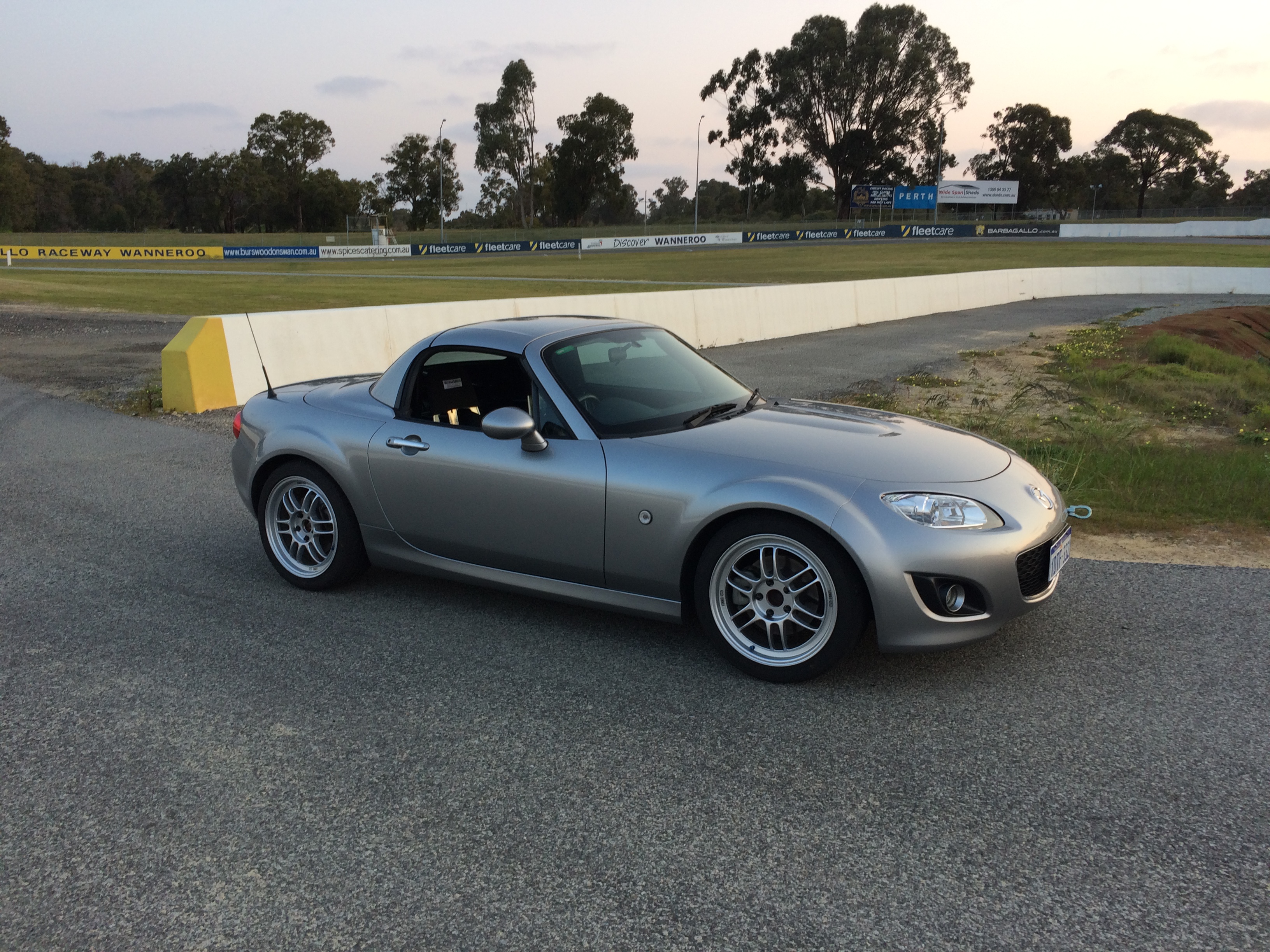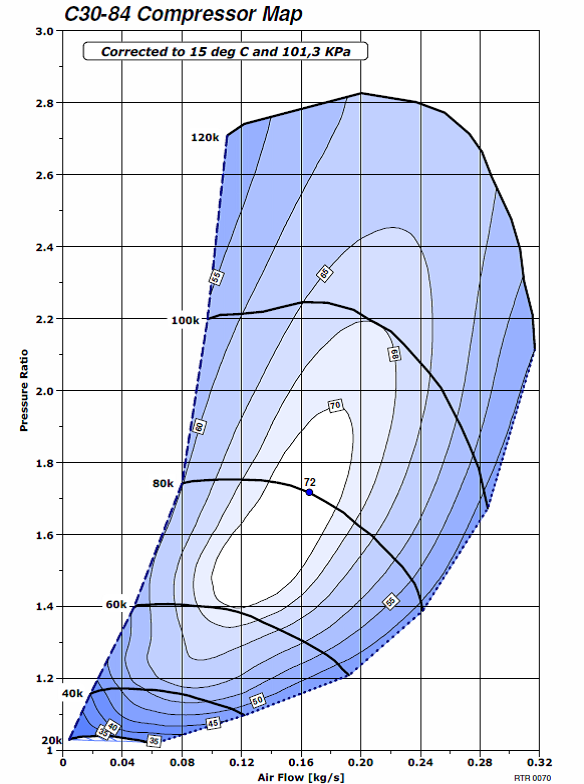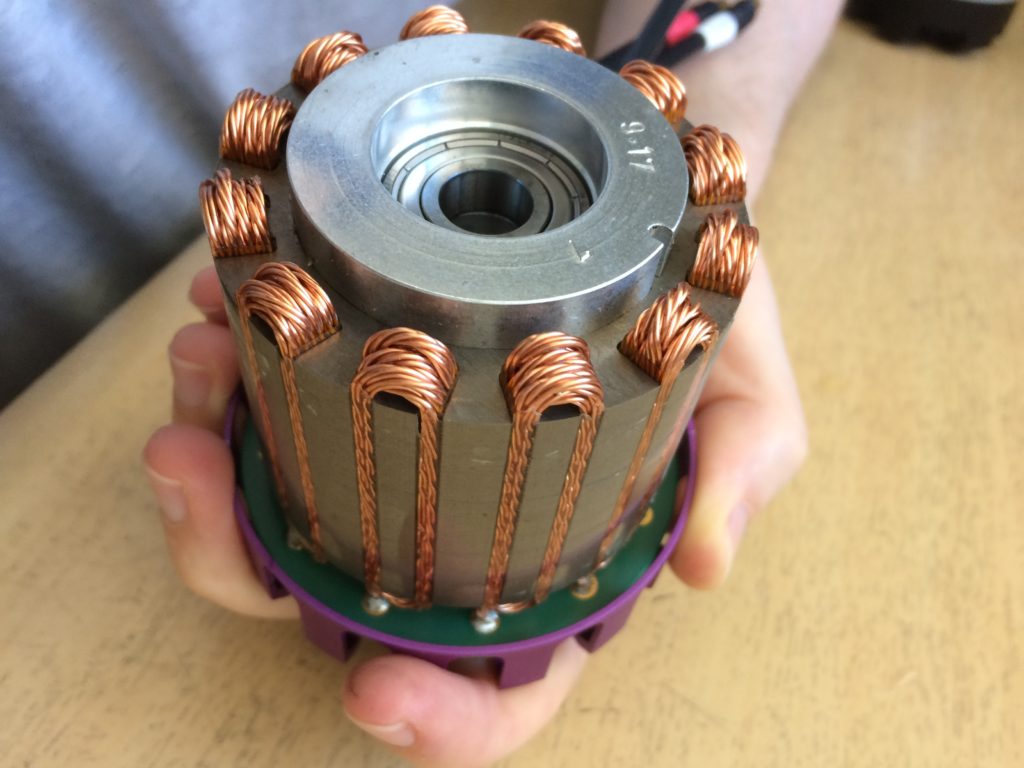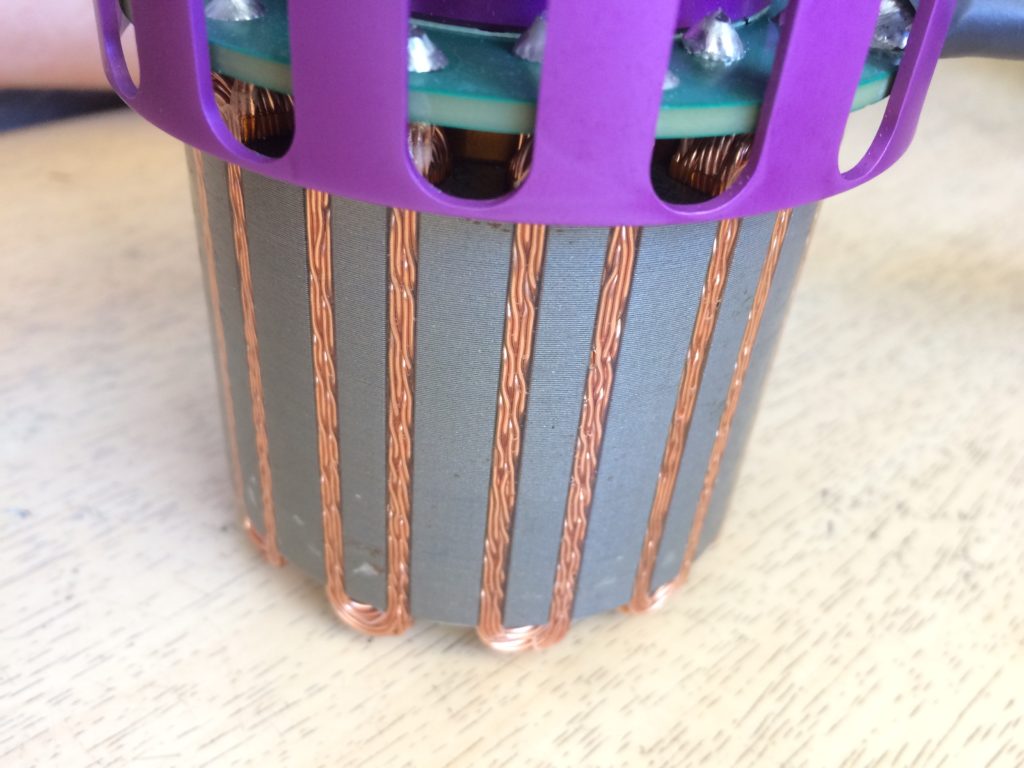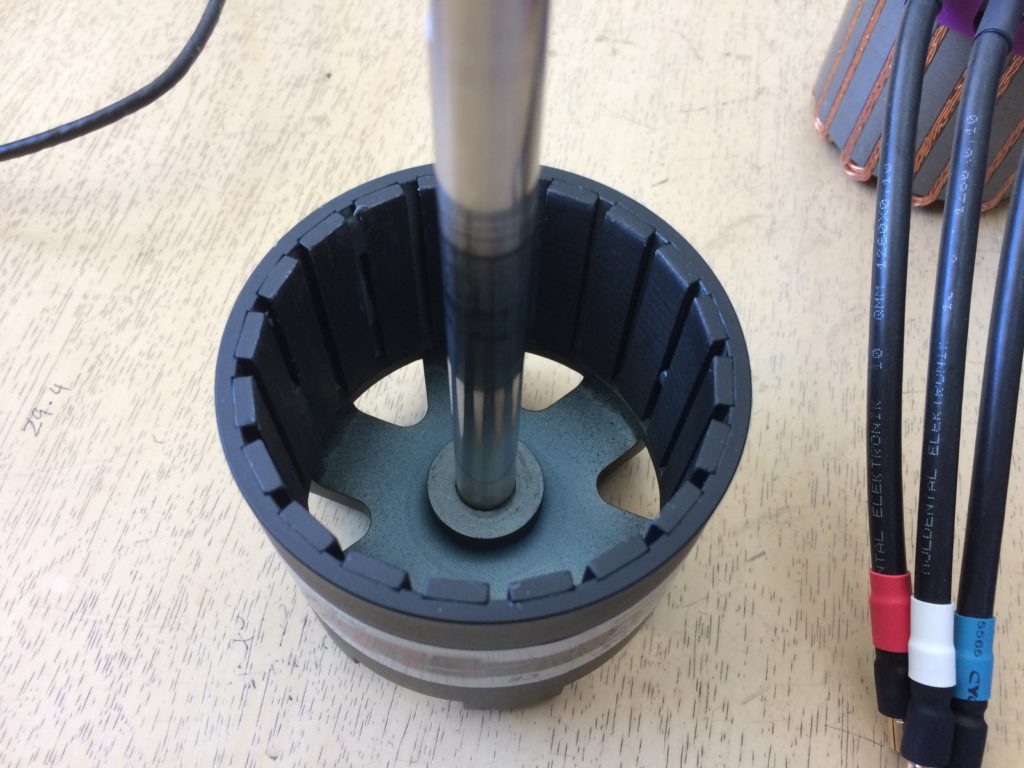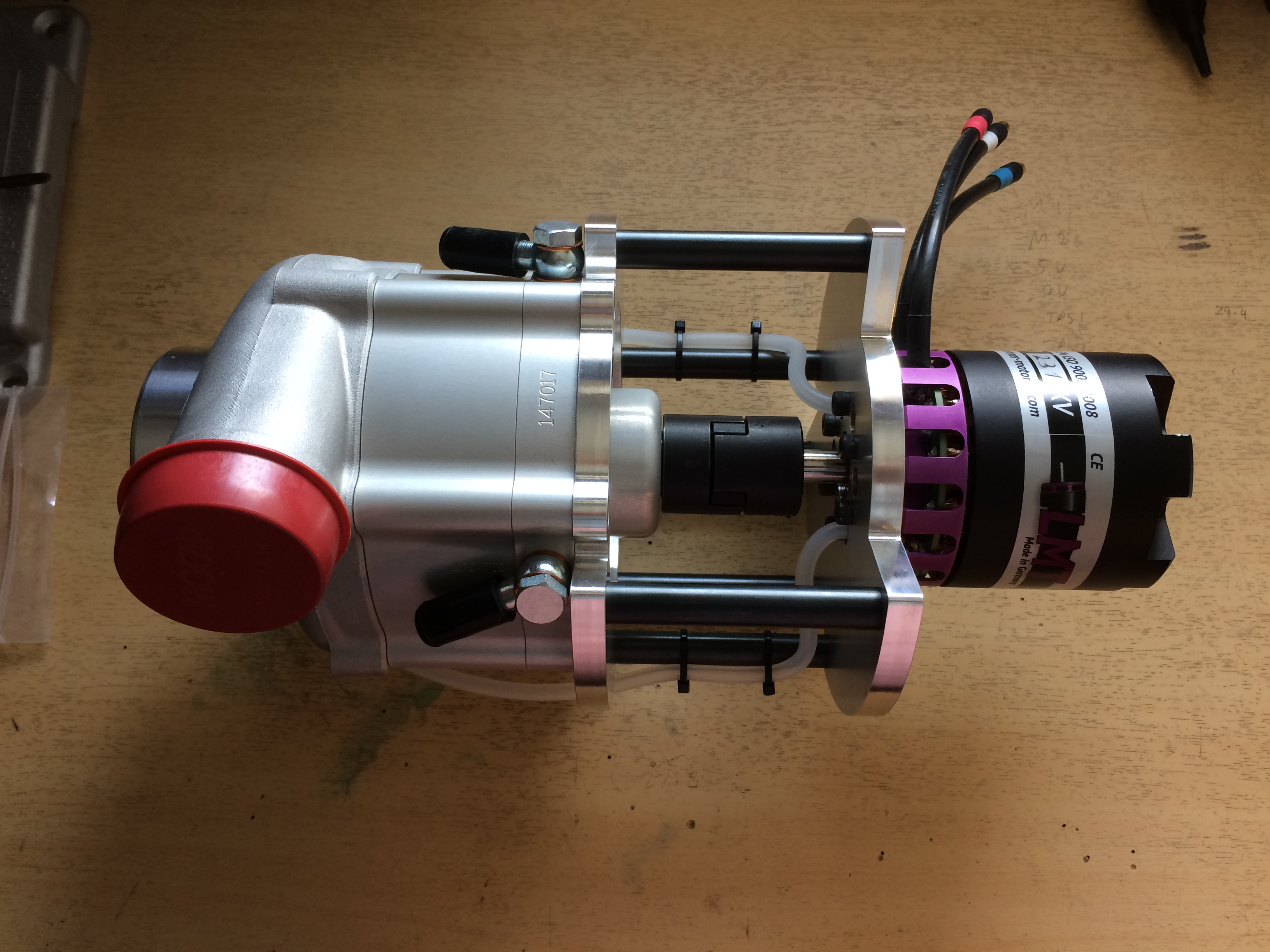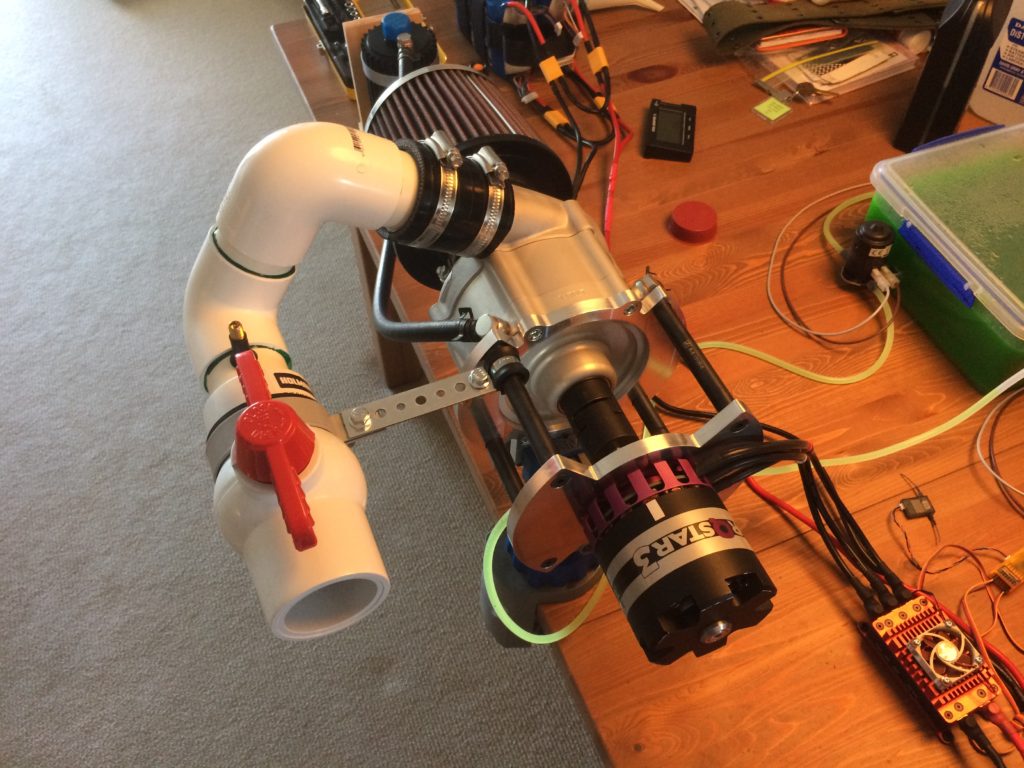Develop an electrical motor driven centrifugal supercharger for the Mazda MZR (Ford Duratec) 2.0 litre engine with the capability to deliver a minimum 0.75 bar (11.0 psi) at redline and full load. This would include the ability to program any boost level at any throttle, engine speed, and engine load.
The intent is for the system only to be run during relatively short motor sport events, and when not in use the system will be turned off and the compressor bypassed. A separate higher voltage battery would run the system and will be charged of the alternator when the system is not in use.
Advantages:
- Zero turbo lag, boost on demand
- Boost infinitely variable at any engine speed and load
- Power usually used to drive supercharger from crankshaft is available to the wheels. System powered from dedicated battery
- Supercharger can be mounted anywhere in the vehicle. In this case system mounted in rear of vehicle due to packaging and to help with weight distribution
Disadvantages:
- Extra weight due to addition of electric motor and battery pack
- Cannot be run continuously (system needs to be shut down for battery pack to be recharged)
- Complexity
